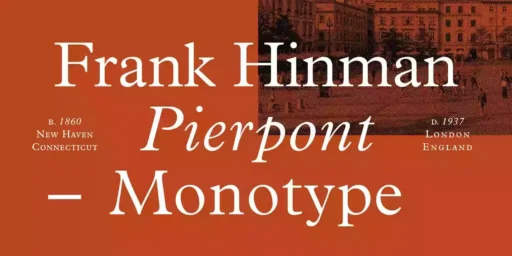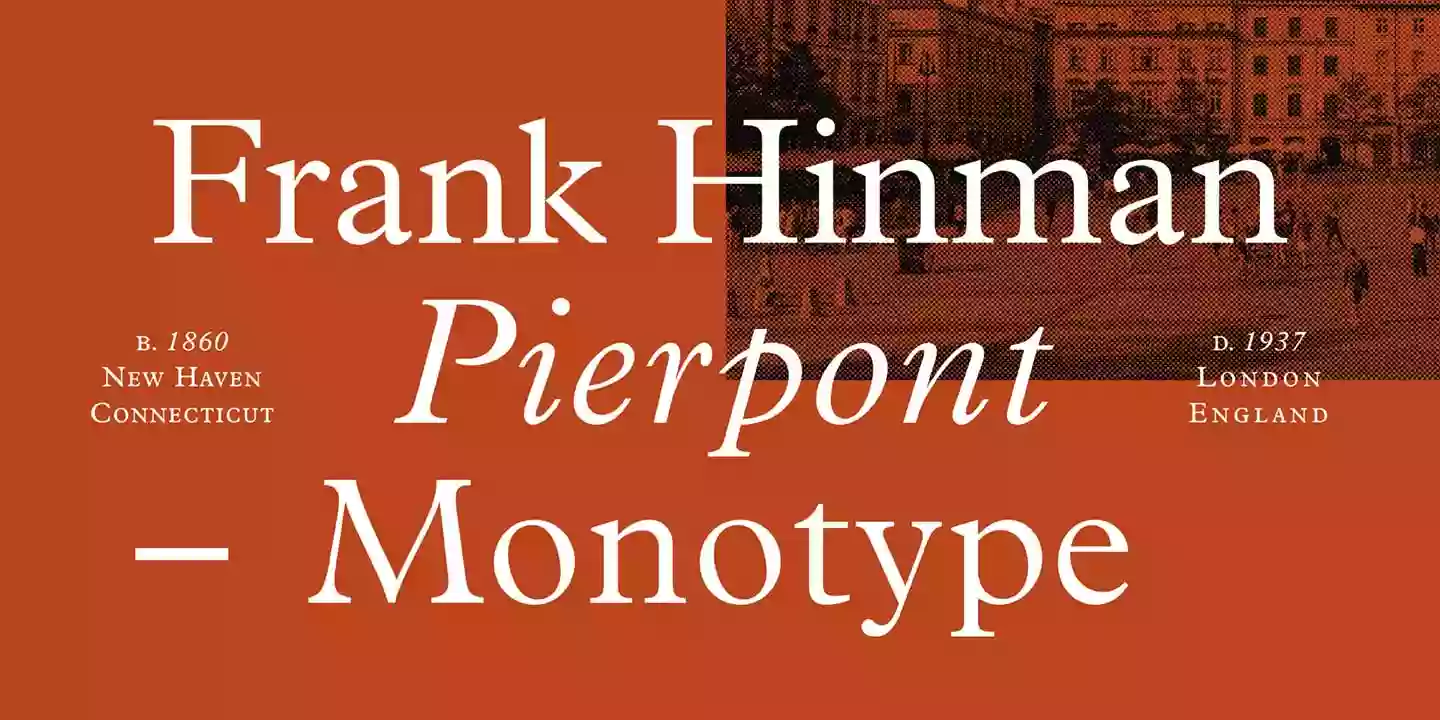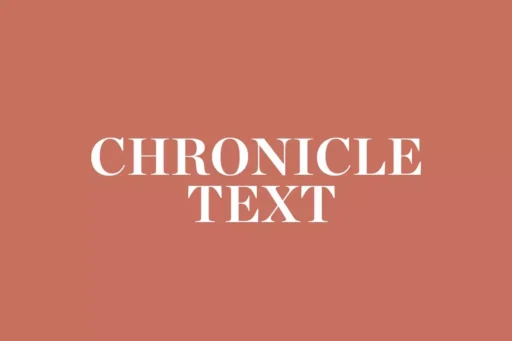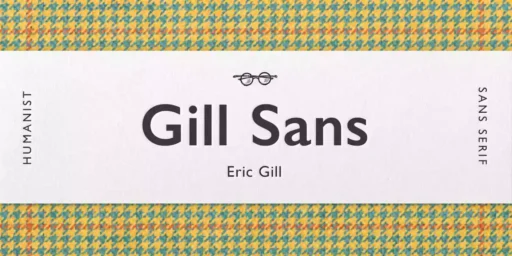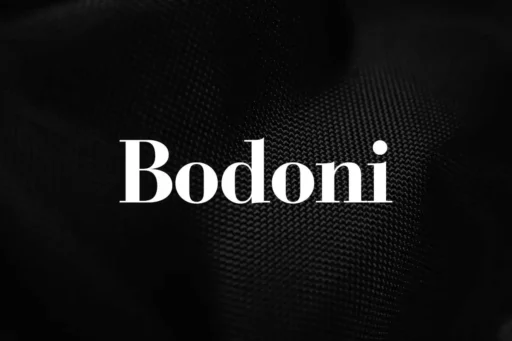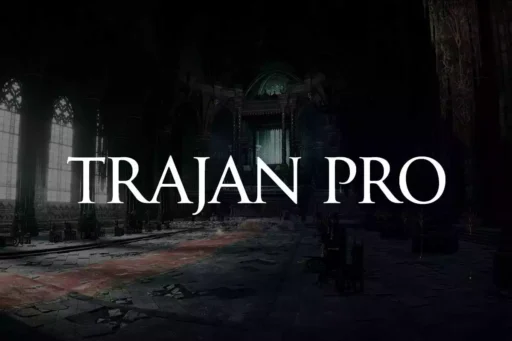Plantin is a serif font of the old style class, similar to Garamond. In 1913, Monotype Corporation introduced it as their hot metal typesetting system, named after the Belgian printer Christophe Plantin, who lived in the 16th century. The font is rather loosely based on a Gros Cicero roman type cut for Robert Granjon in the 16th century and held in the collection of the Plantin–Moretus Museum, Antwerp. It has a rich history and timeless elegance with thousands of typographers and designers.
The Plantin font is emblematic with serifs and balanced proportions, and it is appropriate for many design projects. In this article, we will provide a background, layout features, relevance, and use cases of the Plantin font in print and digital media.
History
The Plantin Font comes from the 16th century when Christophe Plantin opened his printing house in Antwerp. Besides being a successful printer, Plantin was also the first to design a font that would allow readers to read his publications more fluently and give them a pleasant visual experience. He worked with the famous punchcutter Robert Granjon to perfect a typeface depicting those essential attributes.
Eventually, the creators assembled it, following the publication of the font. The procedure included corrections to meet the printing industry needs of that time. In the West and elsewhere, people started using the font extensively. The way it provides different types of publications, such as literature, newspapers, and ads, increased its impact.
Characteristics
Plantin is a font type with elegant serifs, a little bit of contrast between thick and thin strokes, and a large x-height. The serifs are bracketed, i.e., they have curved ends that connect to the main strokes of every letter. This creates a retro look that is stylish and posh at the same time.
X-height in lowercase letters is a portion of the height above the largest letter. With the Plantin font, the x-height is particularly tall, so this font is still legible even if it is a smaller type size. Moreover, the typeface font is open counters, which are the space in letters for instance ‘o’ and ‘e’. These design features merge into a figure with harmony and a correlating balance, making it attractive to the eye.
Compared to other well-known fonts, like Garamond and Baskerville, the Plantin Font has a distinct blend of being aesthetic and readable simultaneously. Garamond is thinner and more sophisticated, while Baskerville features a marked contrast between thick and thin lines. Still, the Plantin Font corresponds to both types, making it more universal and appropriate for various implementations.
Usage of the Plantin Font in Print and Digital Media
The Plantin Font has found its way in print and digital media by displaying its flexibility, which helps arrange diverse platforms. For centuries, print media has employed many different fonts, found in books, newspapers, and walking posters. Due to its clean and classic aesthetic, it is a highly legible font often used for the body of the text, headlines, and captions.
As digital media continues to evolve, web designers have factored in the Plantin Font due to its readability on diverse screen sizes. People commonly use this in website banners, menu buttons, and for entire articles and paragraphs. The clear-cut lines and justice balance the letter get-up even at low sizes so they are still clear and legible.
The Plantin typeface’s interlingual feature becomes evident when it is used in the context of more languages and writing systems. Extending to diacritics, ligatures, and alternate characters designed for multilingual typography is a standard feature of this character set, which is its hallmark.
Influence of the Plantin Font on Contemporary Design
The Planting’s typography still governs modern typography today. It is an ideal choice for perfect and classic shapes, and many designers have used it as their inspiration. The font’s effect can be clearly seen on every project, from logo designs to book covers.
Modern designers may employ this font style to display something traditional and handmade about the artists. In this way, the designers borrow from and celebrate the immense history of typography by connecting the present to the past.
Besides, the word mark can be seen in some fields nowadays through its influence on contemporary design styles. It is best known for various design projects, which include logo design, packaging, and digital platforms. The range of possibilities and timeless character of the word mark makes it a precious tool for designers who want to create designs that stick in a person’s mind forever.
Examples of Successful Design Projects Using the Plantin Font
Many design projects have successfully used the Plantin Font to develop beautiful, robust designs. One illustration is an upmarket hotel branding. The attractive and classy font type with the right proportions was applied to logos, signage, and promotional material, producing a sense of luxury and uniqueness.
Another example is a magazine like this that used this font for the headline and body text. The specific characteristics of legibility and symmetry of proportions successfully used in long-form articles and serifs made this font the perfect choice for the magazine’s title.
In both works of art, the Font played a crucial part in the projects’ success, making the visuals more attractive and communicating the intended message without ambiguity.
Plantin Font Free Download




FAQ’s
What is Plantin font?
Plantin is a serif typeface designed by Frank Hinman Pierpont in 1913. It is named after the famous 16th-century book printer and publisher Christophe Plantin.
What is the history of Plantin font?
Frank Hinman Pierpont designed this font for the Monotype Corporation in 1913. They called it Plantin after the well-reputed 16th-century printer Christophe Plantin, who is famous for his outstanding work in printing and typography.
What are the characteristics of Plantin font?
Plantin typeface is serif, with a strong vertical emphasis and high differences between thick and thin strokes. It has an enduring beauty and has high readability thus making it highly appropriate for both print and online publications.
What is the usage of Plantin font?
Plantin font covers a wide spectrum of applications in the print business, such as written materials, magazines, newspapers, and corporate reports. It seems to be an ideal font for lengthy texts, which (being really comfortable for long reading) attracts readers’ eyes.
What are some examples of Plantin font usage?
Plantin font is popular in various uses, including the New York Times, Financial Times, and Oxford University Press. It has also accrued popularity in branding and marketing materials of companies like IBM, American Airlines, and the Royal Bank of Scotland.

